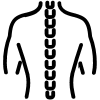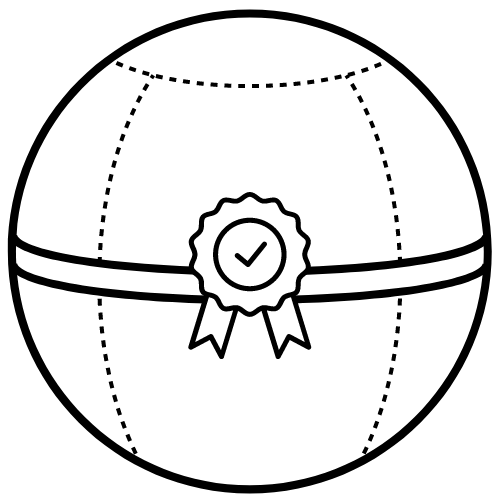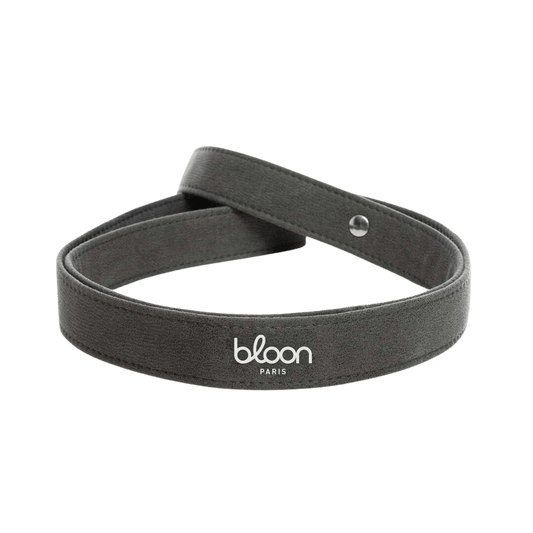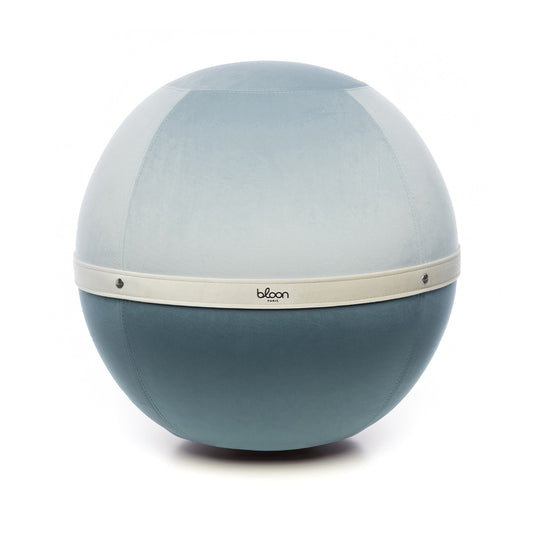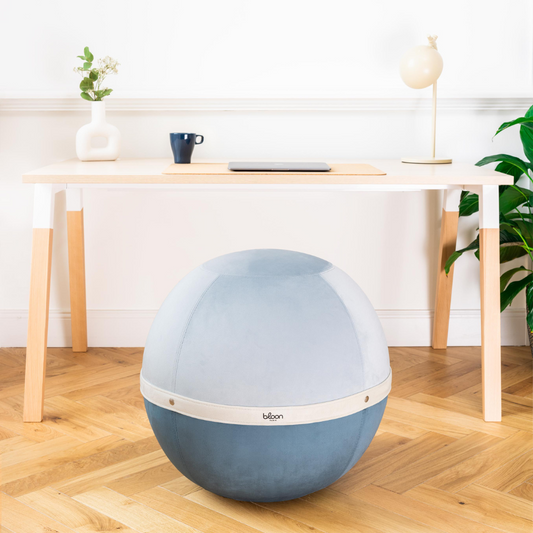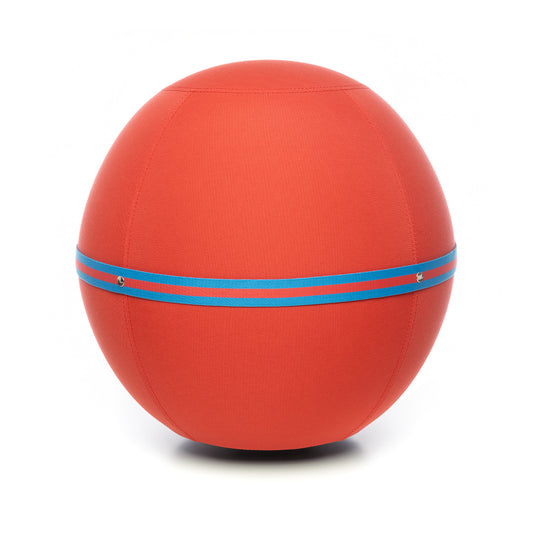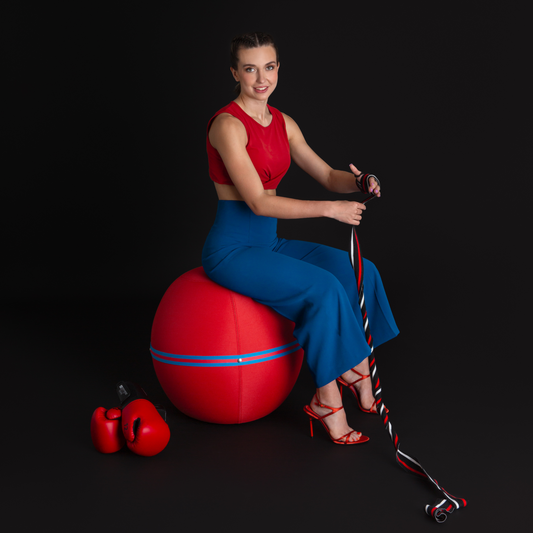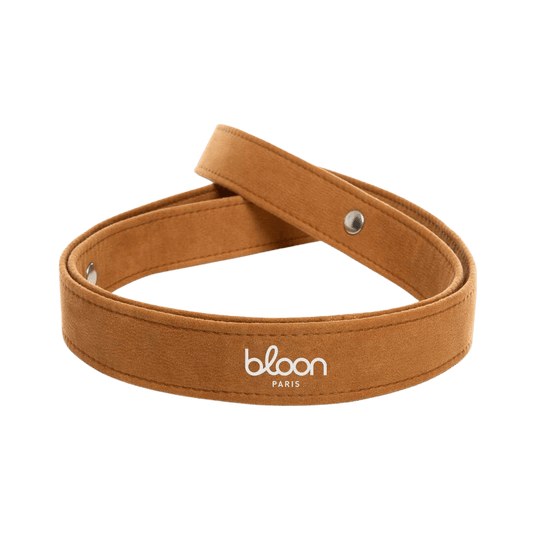Do you suffer from back pain while cycling? You are not alone!
According to a study, 55% of cyclists have experienced back pain while cycling. While cycling is excellent for cardiovascular exercise and easy on the joints, it can lead to back pain if not used properly.
In this article, we help you understand where your back pain comes from when cycling and give you solutions and tips to fully enjoy your cycling rides without pain or discomfort.
Causes of back pain when cycling
Position on the bike
According to several studies, including a Norwegian study of 116 professional road cyclists , the main cause of back pain while cycling is incorrect posture, specifically bending the lower back too far forward.
If you position your saddle too high or too low and adjust your handlebars incorrectly, this can lead to back pain. For example, handlebars that are too low will cause you to lean forward and cause back pain.
Excessive use of back muscles
Cycling is an activity that primarily uses your leg muscles, including your quadriceps and calves, creating an imbalance between your upper and lower body. Unfortunately, this imbalance can lead to strain on your lower back , as your back muscles have to compensate for the imbalance.
The lower back muscles become exhausted and have more difficulty maintaining the spine position after holding it in a static bent position for a long time.
Road and cycling conditions
Road conditions, such as unevenness on the road, are also a cause of back pain when cycling.
If your bike isn't equipped with shock absorbers, your spine takes all the vibrations from the road, which aggravates back pain and back problems.

Prevention of cyclist's lower back pain
Properly adjust your bike and equipment
Proper adjustment of your racing bike is essential to avoid pain, especially back pain.
You should adjust the saddle height: it should be positioned so that there is a slight bend in your knee when the pedal is at its lowest point. A saddle that is too high or too low can cause unnecessary strain. Also, consider tilting your bike saddle slightly forward to minimize pressure on your lower back, especially on long rides.
Regarding the handlebars, they must be adjusted at a sufficient height so that your position remains aerodynamic, but without putting strain on your lower back.
Adopt good posture on the bike
To optimize your performance and prevent back pain while cycling, it is essential to adopt correct posture.
Keep your shoulders relaxed, your elbows slightly bent to absorb shock, and your back in a neutral position—neither too rounded nor too arched. Engage your core muscles to ensure optimal spinal support, especially on long rides. It's important to maintain a dynamic and fluid position, avoiding freezing or excessively leaning forward, to prevent pain and improve your overall performance.
Use efficient pedaling techniques
Adopting an efficient pedaling technique can help prevent and reduce back pain while cycling. You should pedal smoothly and evenly, using the full rotation of the pedal to distribute the effort evenly. Additionally, pedaling at a higher cadence can reduce strain on your lower back.
Solutions for back pain while cycling
Stretches for cyclists
Cycling stretches are an effective way to relieve and prevent back and muscle pain in cyclists. We recommend stretching your hamstrings, calves, and glutes before every bike ride. We've selected three effective stretches for you:
Hamstring Stretch
Standing with your feet together, try to touch your toes by slowly leaning forward. If you can't do this, just try touching your ankles or shins. Hold this position for 30 seconds and repeat 2 to 3 times.
Glute Stretch
Lie on your back with your knees bent, place your left ankle on your right knee, then grab the back of your left thigh and pull gently to feel a stretch in your right glute. Hold this position for 30 seconds, then repeat on the other side.
Back stretch
Lying on your stomach with your hands under your shoulders and your hips on the floor, try to lift your chest off the floor to stretch your back as much as possible. Hold this position for 15 to 30 seconds, then repeat 2 or 3 times.
These stretches allow you to maintain the flexibility of your muscles and prevent pain.
Targeted muscle strengthening
Strengthening your abs and back muscles helps support your spine and maintain good posture while cycling. A well-developed core contributes to better stability and reduces muscle strain. You can incorporate core exercises, such as planks, as well as back exercises like push-ups into your routine.
Use of adapted equipment
Using a bike that's the right size and design for your body shape can greatly help reduce and prevent back pain while cycling. Choose a bike with front and rear shock absorbers that absorb road shocks and protect your spine from vibrations. Also, remember to properly adjust your saddle and handlebars to maintain a comfortable posture and avoid strain.
In conclusion, if you adopt good posture, use your bike correctly and incorporate core strengthening exercises into your routine, as well as stretching before each bike ride, you can say goodbye to back pain while cycling.
FAQ: Back pain when cycling
Is it good to ride a bike when you have back pain?
If you maintain proper posture and use a suitable bike, cycling can be beneficial for your back. However, if you experience any pain, we recommend consulting a professional.
What is the main cause of lower back pain in cyclists?
Incorrect posture due to poor positioning of the saddle and handlebars is the main cause of back pain when cycling.
How to relieve back pain?
To relieve your back pain, we recommend stretching before every bike ride and strengthening your core. If you're looking for solutions to relieve your back pain, feel free to check out our articles:
What is the correct position on a bicycle?
If your shoulders are relaxed, your elbows are slightly bent, and your back is straight, your posture is correct.
What is the correct saddle height?
The correct saddle height allows for slight knee flexion when the pedal is in the low position. If your knee is fully extended or too flexed, the saddle needs to be adjusted.
What is the distance between the saddle and the handlebars?
The distance between the saddle and the handlebars should allow you to maintain a comfortable posture, without having to stretch or curl up too much.
How do you know if your bike is properly adjusted?
If you pedal without pain or tension, your bike is properly adjusted. Your knee is slightly bent when the pedal is down, and you should be able to reach your handlebars without overreaching or hunching.
What is the correct height for a bicycle handlebar?
Generally, the correct handlebar height is slightly below or level with the saddle. This position allows you to maintain a comfortable posture without leaning your back too far forward.
How to avoid back pain when cycling?
To avoid back pain while cycling, adjust your saddle and handlebars correctly, maintain good posture, stretch regularly, and strengthen your core muscles.
